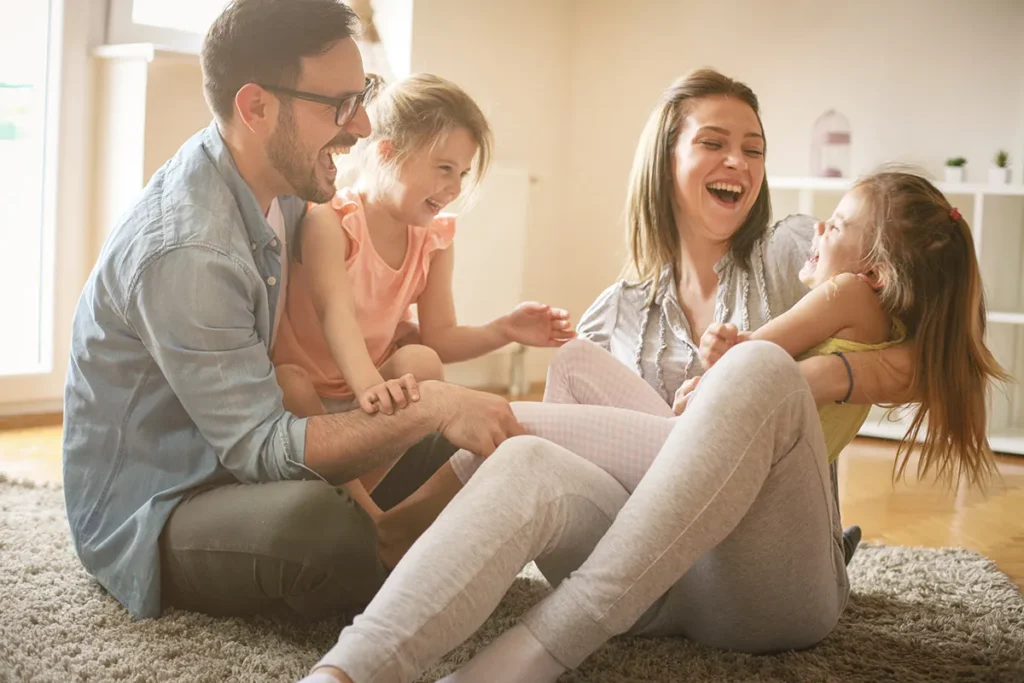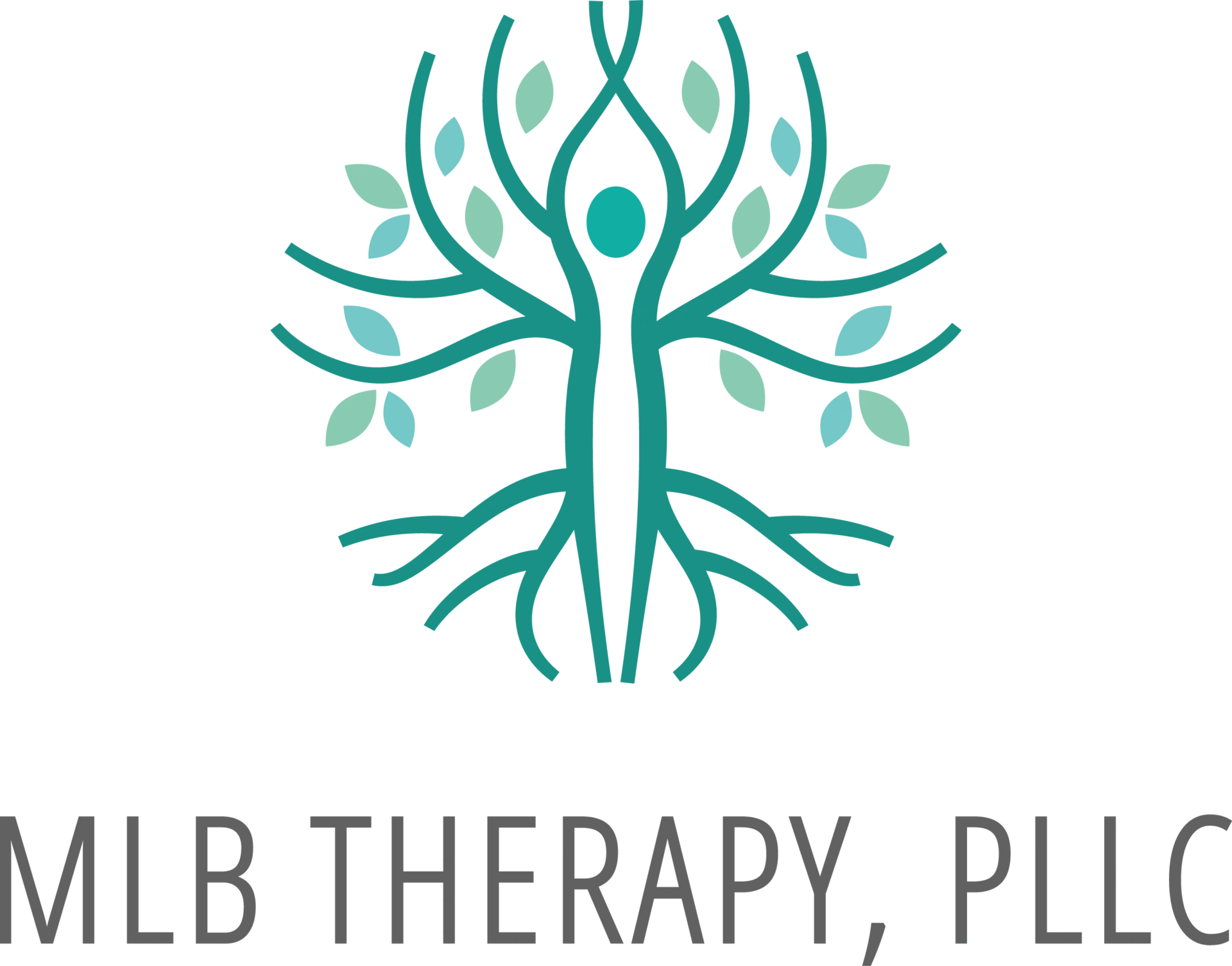Therapy and How It Can Help Your Family Understand Communication Patterns
Ever feel like your family is speaking different languages? Communication breakdowns happen in even the closest families. Many families struggle with misunderstandings and conflicts that stem from poor communication habits. Therapy can be a game-changer, helping you uncover hidden patterns and learn new ways to connect. It’s like getting a user manual for your family’s unique communication style—and who couldn’t use that?
Understanding Communication Patterns in Your Family

Identifying Recurring Interactions
Family communication patterns are often deeply ingrained and can significantly impact relationships. By observing how your family interacts, you’ll start to notice recurring themes and behaviors. Pay attention to who speaks most frequently, who avoids confrontation, and how emotions are expressed or suppressed. These patterns may have developed over generations, shaping how your family handles conflicts, shares affection, or makes decisions.
Recognizing Healthy vs. Unhealthy Patterns
It’s crucial to distinguish between healthy and unhealthy communication styles. Healthy patterns involve active listening, respectfully expressing feelings, and finding collaborative solutions.
Unhealthy patterns might include constant criticism, stonewalling, or passive-aggressive behavior. By recognizing these dynamics, you can understand how they affect your family’s overall well-being and identify areas for improvement.
The Role of Family History
Your family’s communication patterns are often rooted in its history. Cultural background, past traumas, and generational influences shape how your family interacts. Understanding this context can provide valuable insights into why certain patterns persist and how they might be addressed more effectively through therapy.
The Benefits of Family Therapy
Family therapy can be a significant change for your clan. Plus, it’s a safe space to address sensitive issues you might avoid at home. Here are other benefits.
Identifying Communication Patterns
You might not realize it, but your family has unique interaction methods. Therapy can help you spot these patterns—both positive and negative. By understanding how you communicate, you’ll gain insight into your relationships. This awareness is the first step towards improving how you connect with each other and resolving conflicts more effectively.
Improving Listening Skills
Listening is more than just hearing words. It’s about understanding the emotions and intentions behind them. You can enhance your family’s communication by practicing active listening techniques. Try repeating what you’ve heard, asking clarifying questions, and showing empathy. Remember, good listening involves your whole body—maintain eye contact and open body language to show you’re fully engaged.
Resolving Conflicts
When family conflicts occur, therapy can make a big difference. You’ll learn to identify triggers, express feelings constructively, and actively listen. A therapist can guide you through tough conversations, helping you find common ground. By practicing these skills in a safe space, you’ll be better equipped to handle disagreements at home, fostering a more harmonious family dynamic.
Building Emotional Connection
Therapy can help your family forge deeper emotional bonds. You’ll learn to express feelings openly and listen without judgment. Through guided exercises, you’ll practice vulnerability and empathy, creating a safe space for sharing. These skills foster trust and understanding, allowing you to connect more meaningfully. Building an emotional connection takes time and effort, but the rewards are immeasurable.
Enhancing Empathy
Therapy can help you walk a mile in your family members’ shoes. You’ll better understand their feelings and motivations by learning to see situations from their perspective. This newfound empathy can transform your interactions, fostering more compassionate and supportive relationships within your family unit. You’ll be better equipped to respond kindly, even in challenging moments.
Therapy can be a lifeline for your family’s communication. By digging into those ingrained patterns and learning new ways to connect, you’ll be on the path to healthier, happier relationships. Remember, it’s not about placing blame or picking sides. It’s about coming together to build understanding and create positive change. The payoff of stronger bonds and fewer conflicts is worth it. Why not give family therapy a shot? Your future selves (and stress levels) will thank you for taking that first step.
